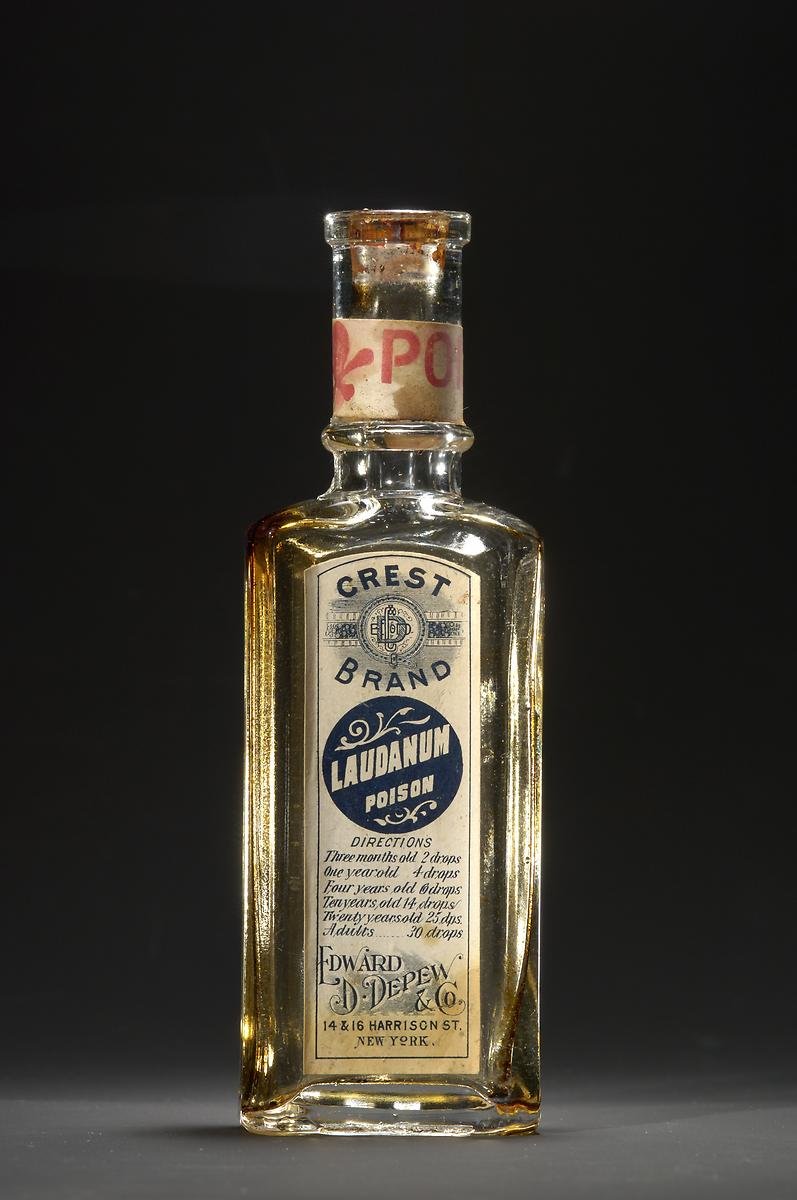
Ready for some #PenAndInkPoison?
For some reason, I like the poisons in our food. I should clarify: I like the poisons *nature* puts in our food. We all gotta eat, right?
So buckle up for a 🧵, for today I present you with something new: BONGKREKIC ACID
For some reason, I like the poisons in our food. I should clarify: I like the poisons *nature* puts in our food. We all gotta eat, right?
So buckle up for a 🧵, for today I present you with something new: BONGKREKIC ACID

Have you ever had tempeh? It's an Indonesian food made from fermented soybeans. Tempeh is sold as a very firm cake and has a wonderful nutty, earthy flavor. It's common in vegetarian and vegan cooking. I like it a lot. [FoodCraftLab (CC BY-SA-2.0)] 

So tempeh is a common, staple food, made from soybeans. On the island of Java, however, is a type of tempeh made from coconut called tempeh bongkrek. And it can be toxic. Toxic tempeh. 

To make it, coconut is fermented with the fungus Rhizopus oligosporus. The fungus forms fluffy white mycelia strands that bind everything together to make the cake firm. The more mycelia, the better the tempeh. The fungus is the white stuff on the tempeh - don't tell my kids.
So far, so good. The problem with tempeh bongkrek is that the concoction is susceptible to Burkholderia cocovenenans, an aerobic gram-negative bacteria. In plants, it can cause rot, and in humans, it can severely sicken.
Illness in humans is due to bongkrekic acid, a chemical produced by the bacteria. Eating tempeh bongrek infected with B. cocovenenans can cause gastrointestinal pain, fatigue, coma, and in severe cases, death. Symptoms start within hours, and death can occur within 24 hours.
Clinically, there is an initial HYPERglycemia as your body uses all of its glycogen stores, followed by HYPOglycemia when it's all used up. In short, glycogen is a long-term storage of energy (along with fat), and our body is now running on empty.
How does this happen? You've heard of adenosine triphosphate (ATP), our "energy currency" made in the mitochondria of our cells? Bongkrekic acid is an adenine nucleotide translocase inhibitor and an inhibitor of oxidative phosphorylation in the mitochondria. In English, please?
When our cells use ATP energy, the byproduct is adenosine diphosphate (ADP). Bonkgrekic acid blocks the transport of ADP back into the mitochondria so it can be transformed (phosphorylated) back into ATP. Now our cells have no fuel, which is why we went with the backup, glycogen.
Even simpler: Think of the mitochondria as a gas station. Bongkrekic acid isn't blowing up the gas station, rather it is flattening the tires of the tanker trucks that fill it up. Without fuel, our bodies shut down and die.
And poisoning due to toxic tempeh bongrek can be serious. In Indonesia between 1951 and 1975, there was an average of 288 poisonings and 34 deaths *a year*. Because of this, Indonesia banned the manufacturing and sale of tempeh bongkrek.
But we all know how well prohibition works out. Tempeh bongkrek is popular and cheap, so it is still made in clandestine kitchens. You can imagine the results - poisonings still occur.
Now, you're probably wondering why we don't see this infection in regular tempeh. It happens that B. cocovenenans (and thus bongkrekic acid formation) thrives in the high-fat environment of coconuts, and doesn't care for the relatively lower fat soybeans.
So that's the story of toxic tempeh and BONGKREKIC ACID, the bacterial toxin that shuts down our gas stations and forces us to use up all of our secondary energy stores, resulting in fatigue, coma, and death. 

BONUS: For an awesome tempeh recipe, one we all enjoy - including the three girls - check out this recipe from 101 Cookbooks: 101cookbooks.com/tlt-sandwich/
• • •
Missing some Tweet in this thread? You can try to
force a refresh

















